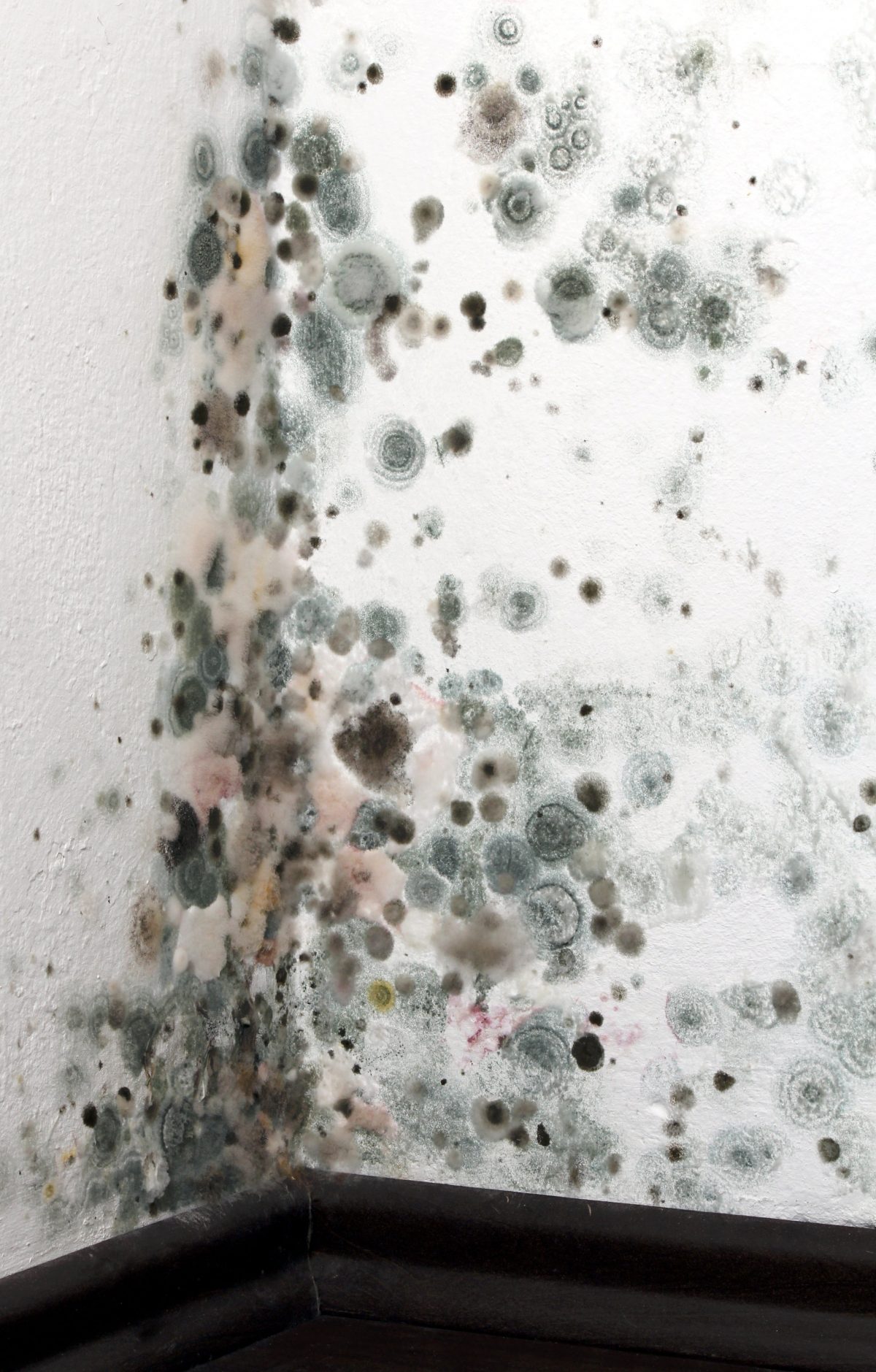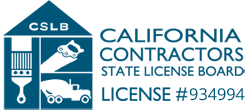
Mold in commercial buildings can cause major problems if not addressed promptly. It can damage structures, create health risks, and disrupt business operations. Spotting mold early and knowing how to remove it effectively are essential steps in keeping a building safe and sound.
Commercial spaces, especially those in humid or damp areas, are prone to mold growth. This is often due to leaks, poor ventilation, or unaddressed water damage. Identifying problem areas before mold spreads can save time and money on repairs and maintenance.
Once mold is found, using the right techniques for removal is important. Employing safe, efficient methods ensures that mold is eliminated and doesn’t return. Learning how to prevent mold after cleanup is equally crucial in maintaining a healthy environment for employees and customers alike.
Identifying Mold Hotspots in Commercial Buildings
Mold can hide in various places within a commercial building, making it essential to know where to look. Without regular inspections, mold can thrive in unseen areas, leading to costly repairs and health issues for employees.
Common mold hotspots in commercial buildings include areas with high moisture levels. Bathrooms and kitchens are prime targets due to the frequent use of water. Check under sinks, around pipes, and near any appliances that use water for any signs of mold.
HVAC systems can also harbor mold. The system’s ducts and vents can accumulate moisture, especially if not properly maintained. Regular cleaning and inspections of HVAC units help prevent mold buildup and ensure clean air circulation throughout the building.
Basements and storage areas are also susceptible to mold growth. These areas often have poor ventilation, making them the perfect place for mold spores to settle and grow. Installing proper ventilation and periodically checking these spaces can help detect mold early.
Safe and Effective Mold Removal Methods
Once mold is identified, removing it safely and effectively is crucial. Different methods suit different situations, and it’s important to choose the right approach to ensure comprehensive removal.
Start with a safety assessment. Mold removal can release spores into the air, so wearing protective gear like gloves, goggles, and masks is essential. This protects you and minimizes the risk of mold spreading further.
For small patches of mold, simple solutions like bleach or vinegar can be effective. Apply the solution directly to the moldy area and scrub gently until the mold is gone. Remember to ventilate the area while cleaning to keep the air fresh and reduce inhalation risks.
Larger mold infestations may require professional intervention. Professionals use advanced techniques and equipment, such as HEPA vacuums and air scrubbers, to remove mold thoroughly from all surfaces and the air. This ensures that mold is not just removed but also doesn’t return easily.
By taking the right steps to identify and remove mold, commercial buildings can maintain a clean and healthy environment for everyone.
Using Advanced Technology for Mold Remediation
Modern technology plays a significant role in effectively tackling mold problems in commercial buildings. These advanced tools not only streamline the removal process but also ensure thorough remediation, giving you peace of mind.
Infrared cameras are one such tool, offering a non-invasive way to detect moisture behind walls and ceilings where mold often hides. This technology helps pinpoint problem areas without tearing down walls unnecessarily, saving both time and money.
Air scrubbers equipped with HEPA filters are essential for cleaning the air during and after mold removal. They capture tiny mold spores that become airborne, ensuring that air quality is maintained and preventing further contamination.
Another useful technology is moisture meters, which help monitor the moisture levels in different materials around the building. They tell you when an area is completely dry or if there’s hidden moisture that needs attention. This helps prevent mold from having the conditions it needs to grow back.
Preventative Measures to Stop Mold From Returning
Once you have successfully removed mold, taking steps to prevent its return is essential. Prevention involves addressing the conditions that allow mold to thrive, focusing on moisture control and ongoing maintenance.
Start by ensuring proper ventilation throughout the building, especially in areas prone to moisture, like bathrooms and kitchen spaces. Installing exhaust fans can help reduce humidity levels and keep air circulating properly.
Regular building inspections are crucial. Schedule routine checks to catch leaks, plumbing issues, or any signs of moisture. Fixing these problems quickly prevents mold-friendly conditions from developing.
Educating employees about mold prevention can also make a big difference. Encourage them to report leaks or spills immediately and ensure they know the importance of keeping workspaces dry and tidy. Creating this culture of awareness can go a long way in maintaining a mold-free environment.
Conclusion
Dealing with mold in commercial buildings requires a proactive approach, using both modern technology and preventive measures to maintain a healthy workspace. By identifying mold hotspots, employing safe removal methods, utilizing advanced technology, and implementing strong prevention tactics, you can protect your building and its occupants from the damaging effects of mold.
If you suspect mold is a problem in your commercial building, reach out to Restoration Masters. Our expert team is ready to provide professional mold remediation services in Orange County tailored to your needs. Let us help keep your work environment safe and mold-free!





